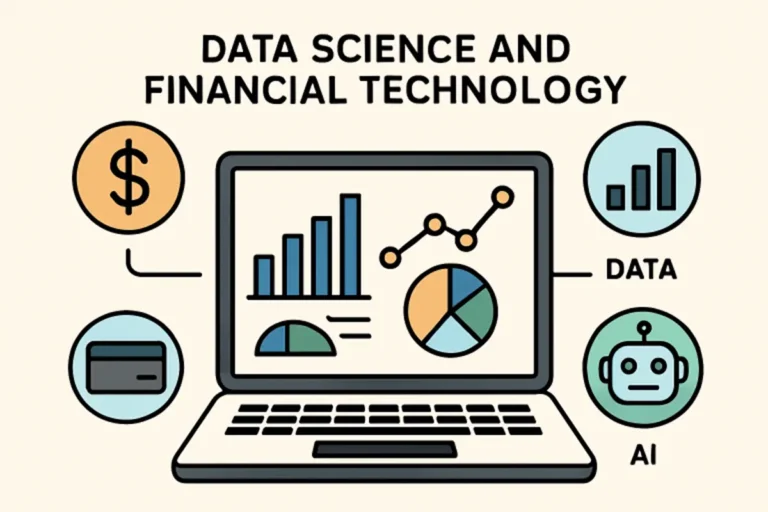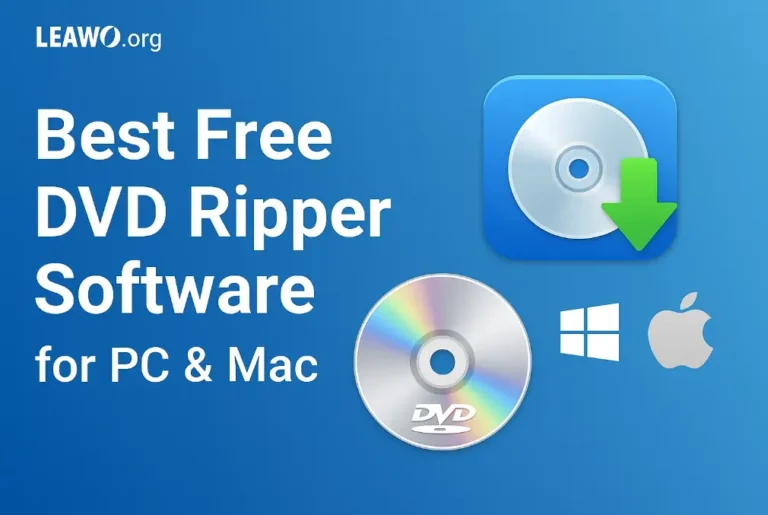Why Procure to Pay Software Must Embrace eSourcing Integration
In the US’s quickly changing procurement environment, companies are no longer content with disjointed software systems that function independently. Coordinated platforms that enable seamless flow at every stage, from finding suppliers to processing payments, have become the new focus. Here’s when the strength of integrated systems steps in, especially the strong alignment between eSourcing tools and the best procure to pay software.
Although each platform has important functions on its own, it is only when they function as a single, cohesive engine that their full potential can be realised. Companies are spending more money to streamline their purchasing processes. Many, however, still fail to achieve genuine efficiency, frequently as a result of using incompatible tools to piece together their source-to-pay process. The remedy? The complete supply chain strategy is improved by the deep integration of sourcing platforms, which not only closes gaps. This is the reason why integration is now necessary rather than optional.
Closes the Distance Between Purchasing and Sourcing
Procurement teams frequently experience difficulties with the handoff between purchasing and sourcing. The vendor may be selected by one department through an eSourcing event, but important data may be misplaced or mismatched by the time the order is processed by the buying system. In addition to causing mistakes, that connection slows down procurement cycles.
A seamless transfer of supplier information, agreed conditions, and price into the procurement stage may be achieved by companies by closely integrating esourcing technologies with procure to pay systems. No double input or back-and-forth explanation is required. When choosing a provider, the purchase procedure is instantly updated with the data collected. By doing this, the purpose of supplier agreements is maintained, consistency is guaranteed, and errors are decreased.
Accelerates Procurement Without Endangering Governance
Control and speed in procurement can seem like diametrically opposed factors. Your chances of missing checks, breaking compliance, or making poor judgments increase with how quickly you try to proceed. You may, however, act quickly and strategically with a synchronised system that combines procure to pay and eSourcing.
Data and credentials from suppliers may be instantly entered into the procurement system after they have been screened and authorised using an eSourcing platform. While adhering to corporate regulations, purchase orders, contracts, and invoices may be produced quickly. Speed turns into a strength rather than a weakness, particularly in sectors that require prompt purchase.
Facilitates Useful Supplier Connections
Purchasing goods is only one aspect of procurement; another is fostering connections. Maintaining strategic alliances with suppliers, however, calls for more than just good intentions; it also calls for trust, communication, and visibility. That is very difficult to do in fragmented systems.
Tracing the supplier path from the initial proposal to the last payment is possible in an integrated environment. Vendor performance is tracked via procure to pay systems, whereas eSourcing platforms record vendor performance during the selection stage. When taken as a whole, these offer a comprehensive picture of the supplier relationship, allowing for more deliberate contract renewals, increased bargaining power, and eventually more solid, sustained alliances.
Consolidates Procurement Intelligence
Modern company relies heavily on data, and procurement is no different. But when data is dispersed among several technologies, it is very hard to get insightful information. By ensuring integration, procurement intelligence is kept out of silos.
Procurement management may obtain a comprehensive view of expenditure, supplier performance, and cost reductions by embedding real-time sourcing data into procure to pay systems using eSourcing software. For example, a particular sourcing event can be connected to the actual fluctuation in spending. Or examine how supplier negotiating strategies affected the accuracy of invoices. Insights are centralised, which improves decision-making and departmental strategy alignment.
Reinforces Contract Compliance and Cuts Down on Maverick Spending
Unauthorised or “maverick” spending—employees avoiding favoured vendors or making off-contract purchases—is one of the main procurement difficulties. This not only reduces agreed savings but also raises the possibility of legal issues and noncompliance.
Every transaction supports pre-approved agreements by directly integrating supplier information and contract terms from eSourcing events into the procure to pay systems. The likelihood of off-contract purchase is significantly reduced as users are directed towards compliant purchasing choices. This improves internal controls and facilitates the enforcement of negotiated agreements without the need for manual supervision alone.
Boosts Team Innovation and User Experience
Having to switch between several platforms reduces the productivity of procurement teams. Along with lengthening training time, it also increases the likelihood of mistakes and weariness. Convenient, networked technologies that lessen friction rather than increase it are what the contemporary workforce demands.
A single, smooth user experience is provided via integrated systems. Users may proceed through tasks without switching systems or inputting data again, from strategic sourcing to payment processing. Adoption is accelerated, efficiency is raised, and procurement specialists are free to concentrate on value-added tasks rather than finding information or correcting mistakes.
The Procurement Function Is Future-Proof
Procurement must be flexible enough to change as technology advances and companies encounter new difficulties. It will be crucial to have versatile systems for supply chain pauses, sustainability rules and regulations, and artificial intelligence-driven sourcing. While integrated systems may instantly pivot, fragmented tools find it difficult to expand or develop.
Continuous innovation is facilitated by a unified procurement strategy that links procure to pay systems and esourcing technologies. Your fundamental processes are not required to be redesigned in order to add statistical analysis, technology, and additional information streams. In a world where change is the only constant, having an appropriate amount of flexibility is not just savvy, but required.
Conclusion
In today’s competitive corporate climate, isolated systems are just insufficient. Procurement leaders must make investments in technology that facilitates a smooth source-to-pay process. In addition to having top-notch tools, this entails making sure they function as a cohesive one. In addition to improving operational efficiency, integrating procure to pay systems with esourcing software platforms gives businesses a competitive edge. The procurement lifecycle is made faster, smarter, and more regulated from the point of supplier selection to the final billing. Integration of this type is no longer a nice-to-have in the United States, where compliance, agility, and data-driven decision-making are more important than ever. It is the acquisition of the future. A procurement ecosystem that is prepared for future developments, such as changes in the market, technological upheaval, or organisational expansion, is produced by coordinating your sourcing and payment systems. And in a setting like that, procurement not only helps the firm, it propels it.
Also Read-Master Energy Management Using Smart Visualization Technology





